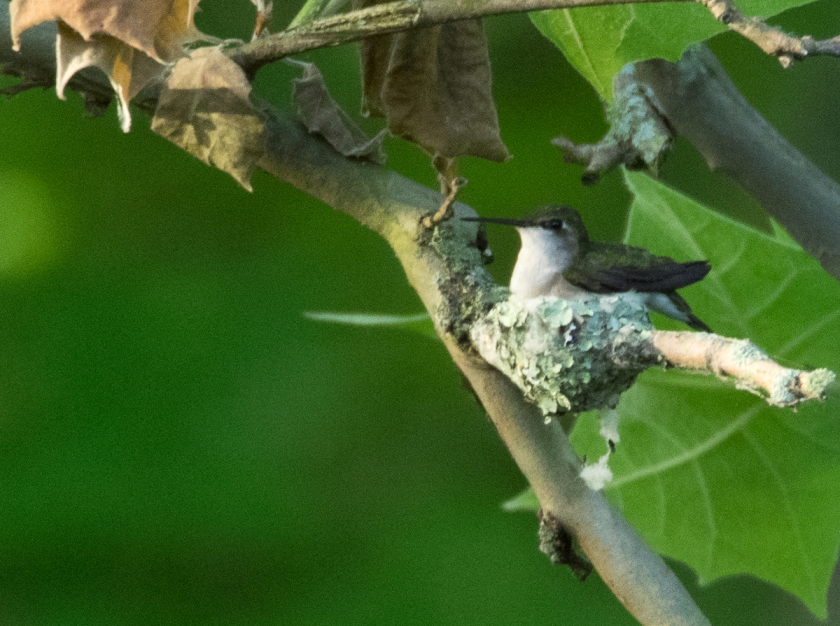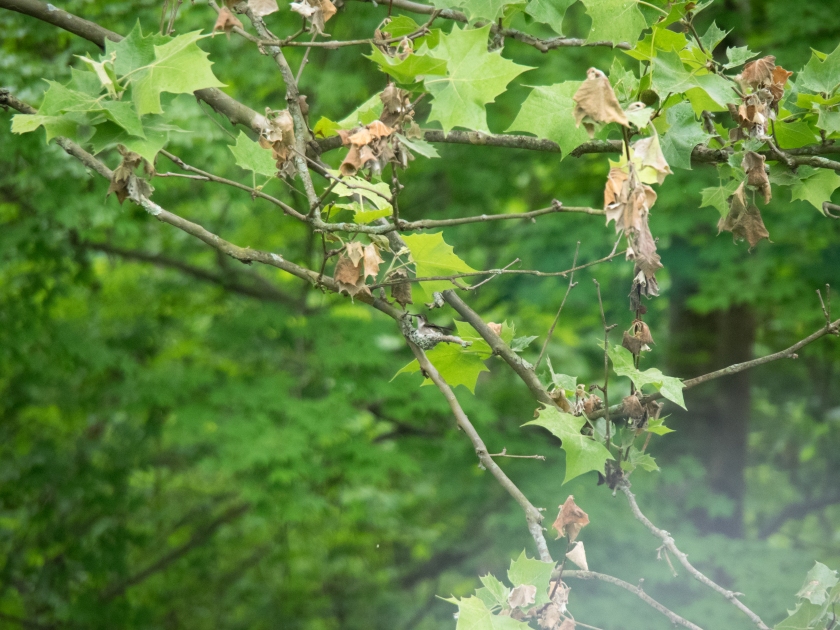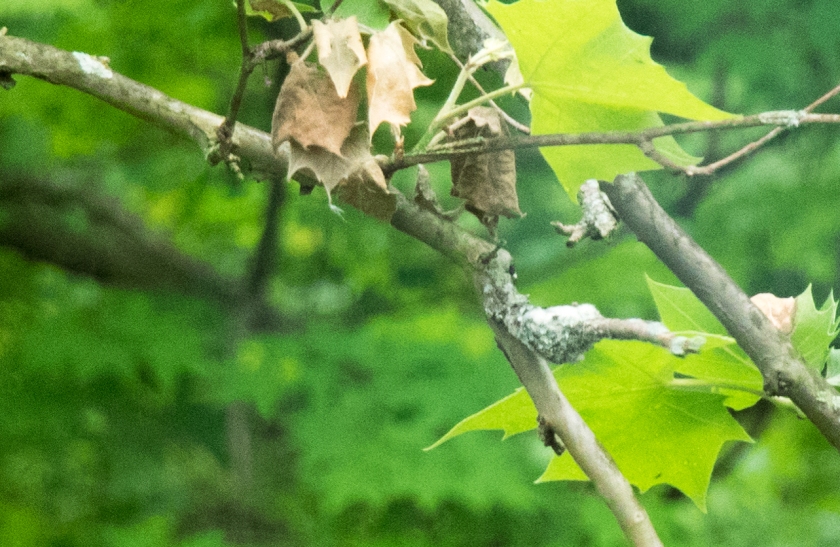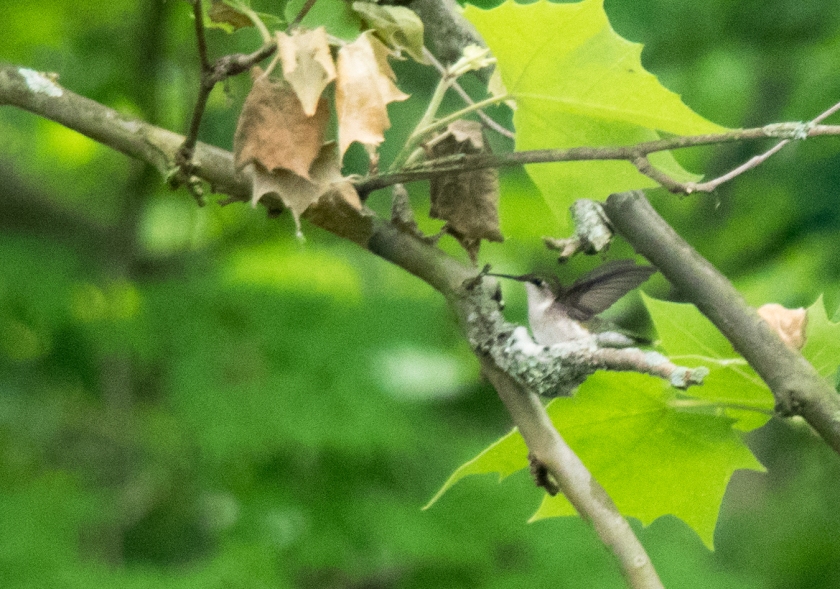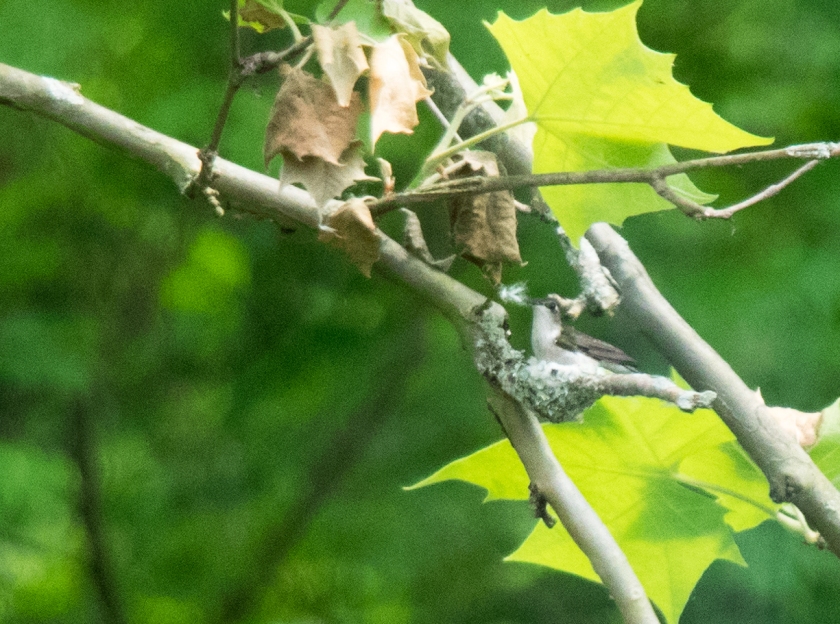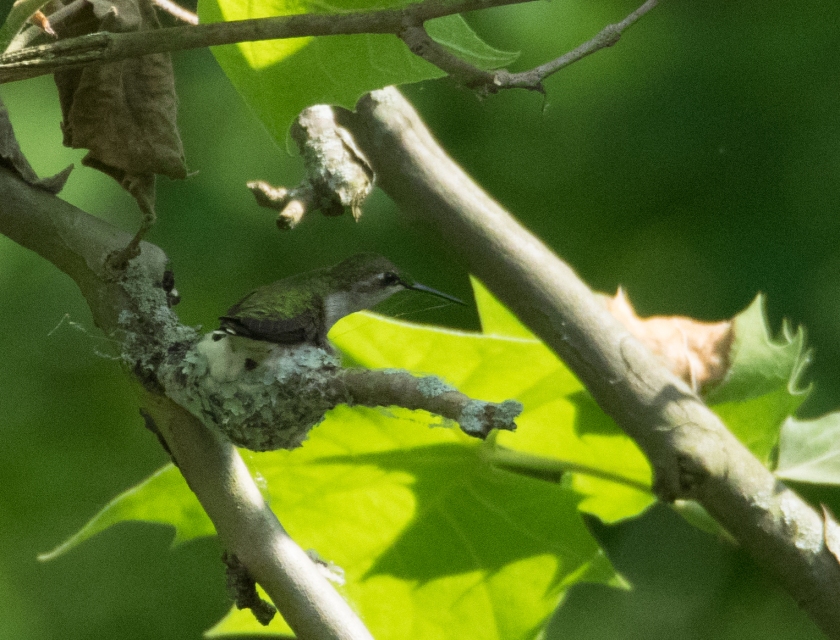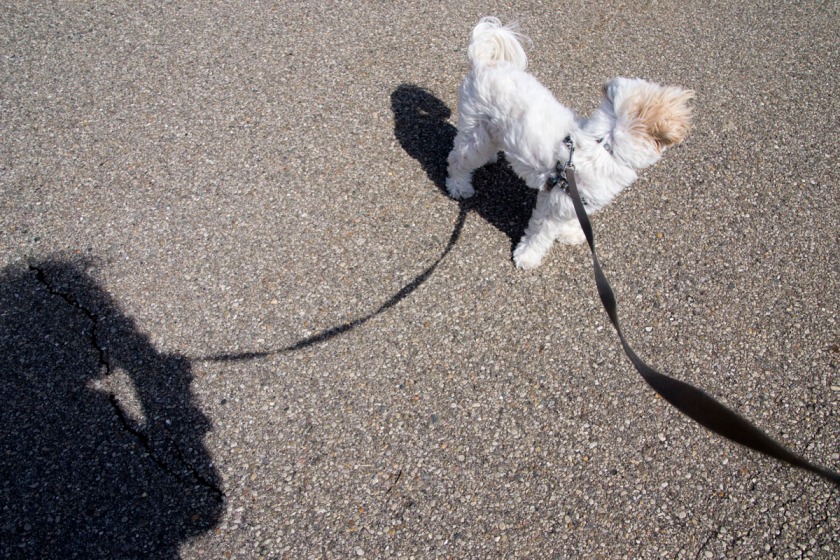
We were among those in the US of A who got a nice covering of snow on Thursday. I don’t mind it yet, although as March approaches my attitude might change.

The windows beside our kitchen table make me feel like I am safe and warm in a magical place where I can watch the birds who come to visit.

Our feeders attract a lot of small birds, like this Black-capped Chickadee. (I hope you will correct me if I misidentify something. I don’t claim to be an expert, just a fan.)

The Tufted Titmouse is one of my favorites. I think it is lovely.

One of Mark’s favorites is the Yellow-shafted Flicker. It’s a larger bird with unique markings. A week or two ago, I saw another one in the exact same location, but it was dead-still. I mean, it did not wink an eye or flutter a feather. At first I wondered if it was sick, and then I realized there was probably a hawk in the area. I stepped outside and sure enough, a hawk was perched high in a sycamore stalking the feeders. This poor flicker, somehow knew it, had gotten caught behind the feeder, and was making every attempt to be invisible. He or she got away alright this time. It amazes me to see the birds respond to their predators.

Speaking of sycamores. I just love them. This is my favorite one. I made a background for this blog out of this photo by layering it over a white background in Photoshop and making it largely opaque.

I think this is a little Junco. They are a distinctive small bird with their slate-gray backs and white breasts.

I have houses for the birds, but so far not many are using them. Do you see the squirrel on the small tree leaning to the left? He or she sat there for the longest time.

Here’s a close-up of it. It might be a youngster. The other day I saw several juvenile squirrels running up and down the trees. They are fun to watch. I suspect they were driving their parents nuts with cabin fever. I didn’t realize the squirrels had babies this time of year, although truthfully, I don’t know when they were born. It’s hard for me to imagine what that clump of leaves in the top of a tree looks like when it is full of juvenile squirrels and their parents.

We’re keeping the squirrels well-fed too. They love the peanut feeder that Mark keeps on the deck. Arthur works hard chasing them off the feeder when we let him out. He takes off around the deck corner, sprinting on three legs. But if he happens to get lucky and trap one, he is the first to back off. I think he’s probably afraid of them. He makes a good show of it, though.

A little House Finch,

American Goldfinch,

and White-throated Sparrow all came to call.

As did the Nuthatch,

and the Downy Woodpecker.

A Mourning Dove huddled in the cold nearby.

The male Cardinal always makes a show,

but I love the female Cardinal with her subtle coloring. Very classy.

And, the Blue-jay. We seem to have quite a few Blue-jays this year. I am becoming rather fond of them, even if they are a bit of a bully around the feeders.
I also saw a Carolina Wren and a Red-bellied Woodpecker, neither of which I managed to photograph. Next time.

Although this isn’t a bird, and visited on the 26th of December, I would be remiss if I didn’t mention the possum. He is, after all, benefiting from the bird-feeders.

Finally, again not seen yesterday but worth mention, Mark heard the owls’ calls, and spotted them in the tree early one morning right before Christmas.
It pays to keep your eyes and ears open around here.
If you are somewhere bundled up from the cold and the snow, I wish you the warmth of a glowing fire and a nice hot toddy. If you are somewhere warm and sunny, I don’t want to know about it.
Happy New Year.
~~~~~~


